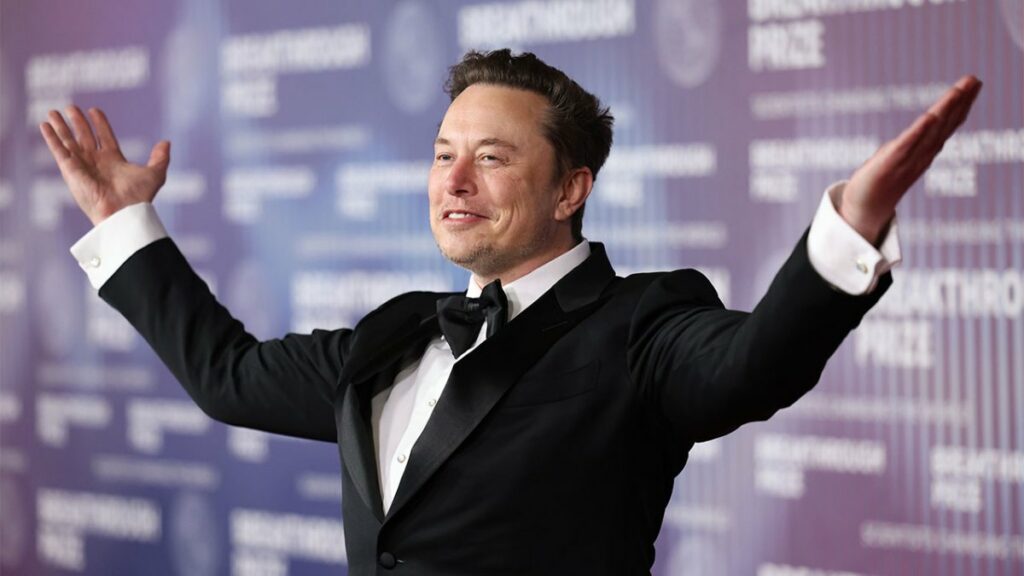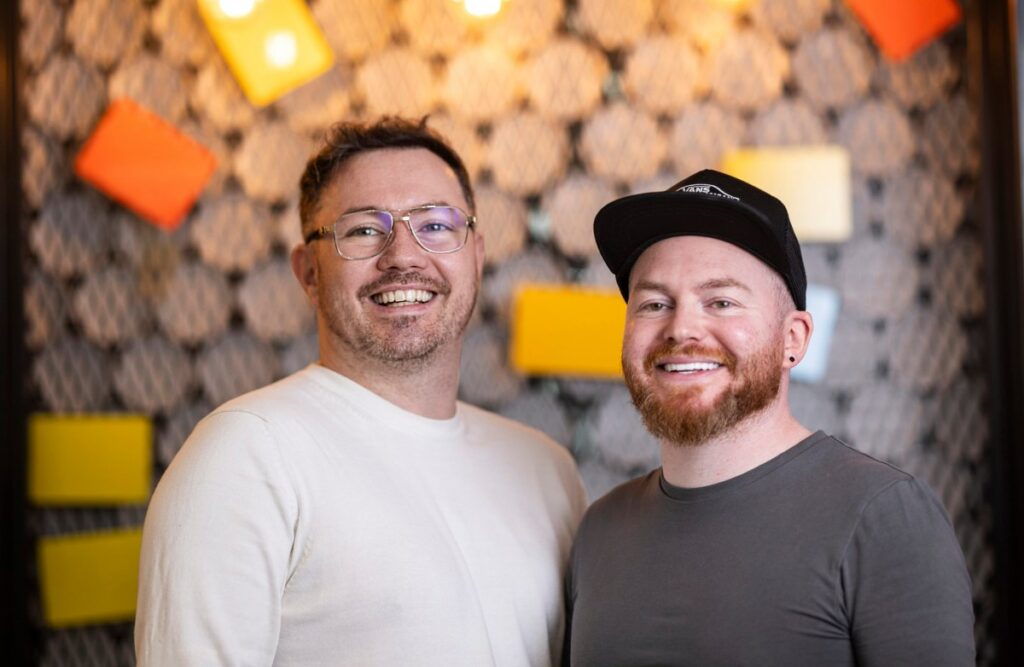Wikipedia on Wednesday revealed its new AI strategy for the next three years — and it’s not replacing the Wikipedia community of editors and volunteers with artificial intelligence, thankfully.
Instead, Wikipedia says it will use AI to build new features that “remove technical barriers,” allowing editors, moderators, and patrollers tools that allow them to accomplish what they need to do, without worrying about how to “technically achieve it.”
Amid concerns that AI could eventually impact jobs held by people today, especially in terms of content creation, Wikipedia indicates that it intends to use AI as a tool that makes people’s jobs easier, not replace them.
Instead, the organization says that it will utilize generative AI in specific areas where it tends to excel.
This includes the creation of AI-assisted workflows that will automate tedious tasks. In addition, AI will be used to improve the discoverability of information on Wikipedia, giving editors more time for the human deliberation that’s required to build consensus over the creation, changes, and updates to Wikipedia entries.
AI will also aid editors by automating translation and will assist in the onboarding process of new volunteers.
“We believe that our future work with AI will be successful not only because of what we do, but how we do it,” writes Chris Albon, the director of machine learning at the Wikimedia Foundation, in a blog post announcing the news.
“Our efforts will use our long-held values, principles, and policies (like privacy and human rights) as a compass: we will take a human-centered approach and will prioritize human agency; we will prioritize using open-source or open-weight AI; we will prioritize transparency; and we will take a nuanced approach to multilinguality, a fundamental part of Wikipedia,” Albon adds.
The director also argued that maintaining Wikipedia’s knowledge base is a mission that’s grown in importance since the rise of generative AI, which today is known to make mistakes and hallucinate answers at times.


